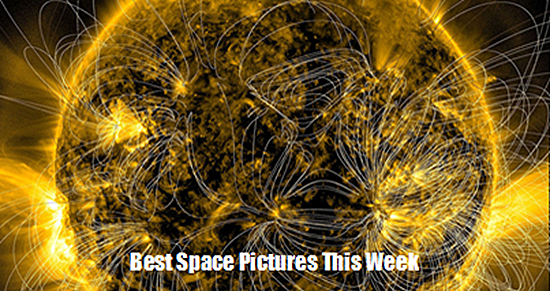
Week’s Best Space Pictures: Sun Sparks, Rover Parks, and Moons Leave Marks
By Jane J. Lee, National Geographic News, 6 February 2015.
By Jane J. Lee, National Geographic News, 6 February 2015.
A nebula’s veil parts, a Mars rover is revealed, and moons make tracks across Jupiter in the week’s best space pictures.
1. Shadow Play
The Hubble Space Telescope caught sight of three of Jupiter’s moons seemingly strung out across the sprawling face of the gas giant in an image released on February 5.
While the moons Callisto (lower left) and Io (upper right) parade across the banded clouds that encircle the planet, only the shadow of Europa (far lower left) made it into this frame of the march across the king of planets.
2. Starry Revelation
A glittery field of stars provides a speckled backdrop for the Trifid Nebula (right), shown in this infrared light view taken from the European Southern Observatory’s survey of our own Milky Way galaxy.
The milky whiteness of this vantage, which is normally an opaque, violet mass of stars and gas as seen in visible and ultraviolet light pictures, allowed researchers to discover two previously unknown Cepheid variable stars. These pulsating stars serve as cosmic yardsticks that let astronomers calculate the distances between objects throughout the universe.
3. Hydrogen Hot Spots
Hydrogen molecules discovered on the moon have researchers and astronauts excited. They are thought to hide in craters such as the one shown in this Lunar Reconnaissance Orbiter image. Relatively abundant deposits have turned up on crater slopes that face the moon’s south pole. Hayn crater, seen here (centre), is one such spot.
The hope is that lunar landers will someday mine hydrogen from the moon to produce their own water, saving the expense of hauling its weight into space. Future moon-walkers may rely on the deposits to help manufacture rocket fuel or air.
4. A Magnetic Portrait
Magnetic fields within the sun fire off many of our star’s most violent-and beautiful-phenomena. Coronal mass ejections, which can trigger auroras if they strike Earth, are a prime example.
The magnetic fields that writhe in and around the sun can be charted using computer models (thin lines above), as seen in this recently released image from NASA’s Goddard Space Flight Centre. (See “Sun’s Magnetic Field to Reverse: What It Means.”)
5. Colliding Spiral
The Hubble Space Telescope caught the aftermath of mayhem that struck one of our cosmic neighbours, the spiral galaxy NGC 7714. Unlike many spiral galaxies, the arms of NGC 7714 are bent out of shape and overlaid with a hazy, golden glow. An on-going collision with a smaller galaxy - a fender bender in space - likely explains the lopsided looks of NGC 7714.
6. Bird’s Eye View
As if we needed a reminder of our distance from the Mars rovers, this overhead view shows the Curiosity rover (centre) as a tiny grey-blue square in a sea of sand. Taken by a camera on NASA’s Mars Reconnaissance Orbiter, the image shows Curiosity parked near the Pahrump Hills at the base of Mount Sharp. (See “Mars Curiosity Milestone: Top 5 First-Year Discoveries.”)
Photo gallery by Sherry L. Brukbacher.

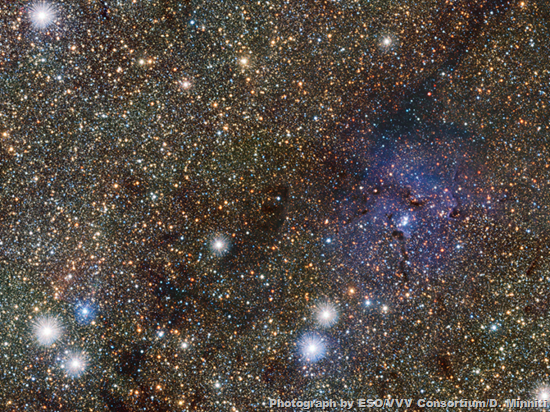
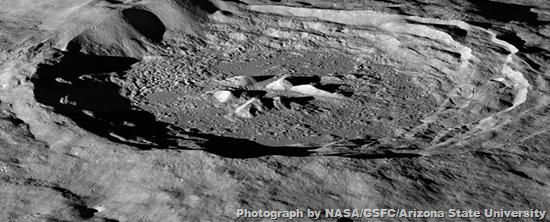
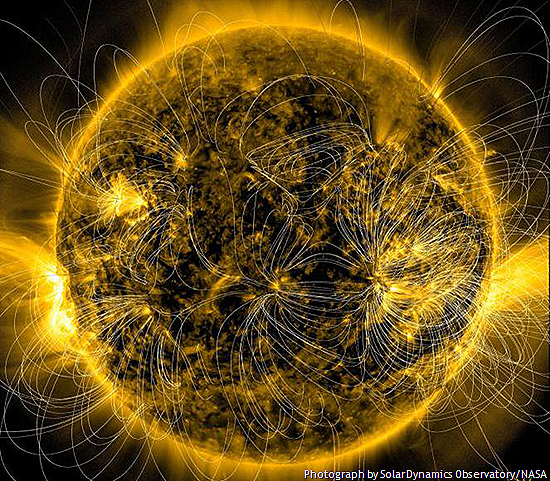

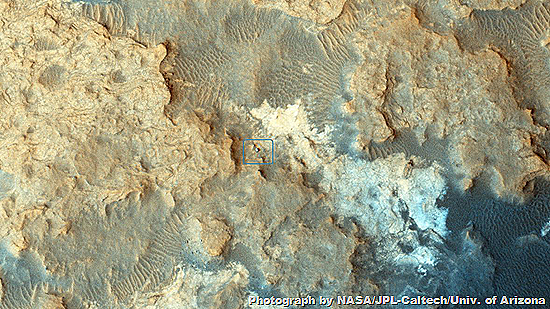
No comments:
Post a Comment
Please adhere to proper blog etiquette when posting your comments. This blog owner will exercise his absolution discretion in allowing or rejecting any comments that are deemed seditious, defamatory, libelous, racist, vulgar, insulting, and other remarks that exhibit similar characteristics. If you insist on using anonymous comments, please write your name or other IDs at the end of your message.